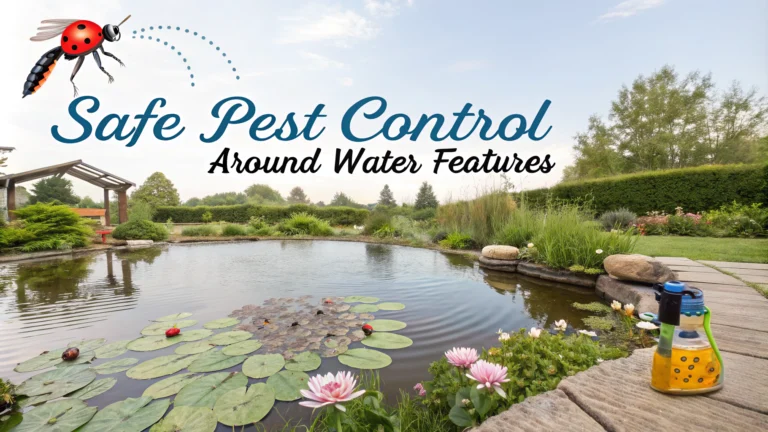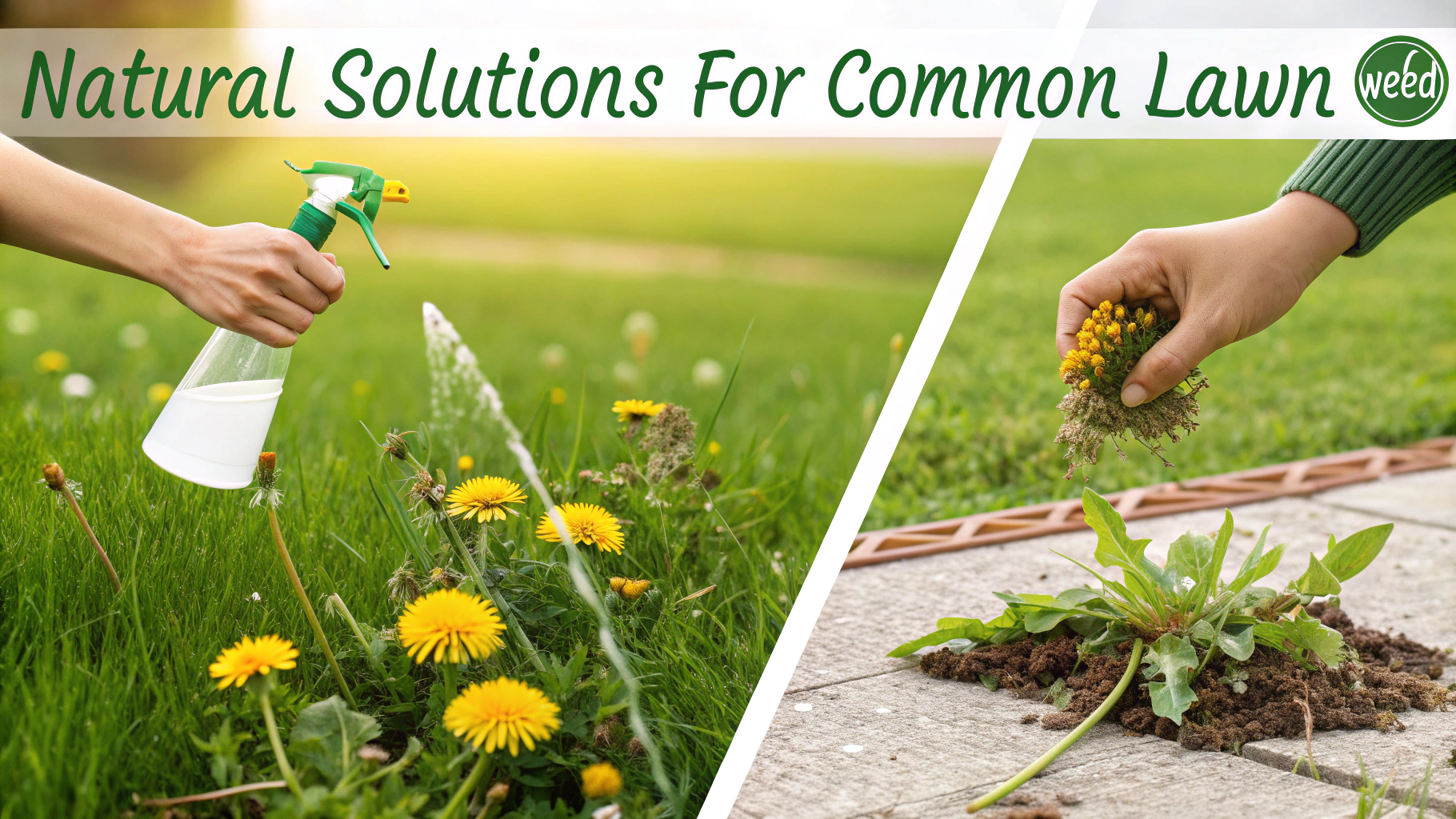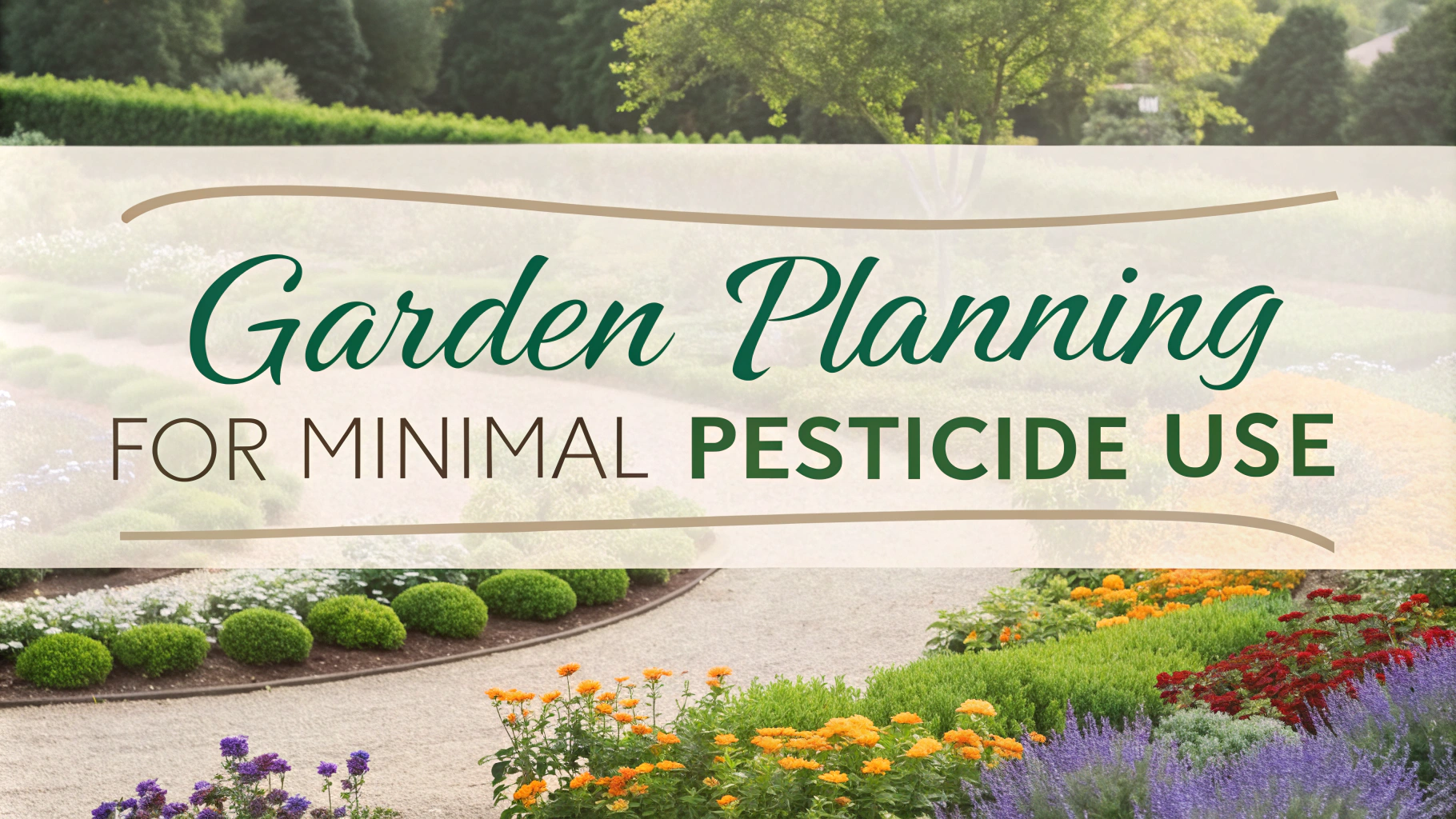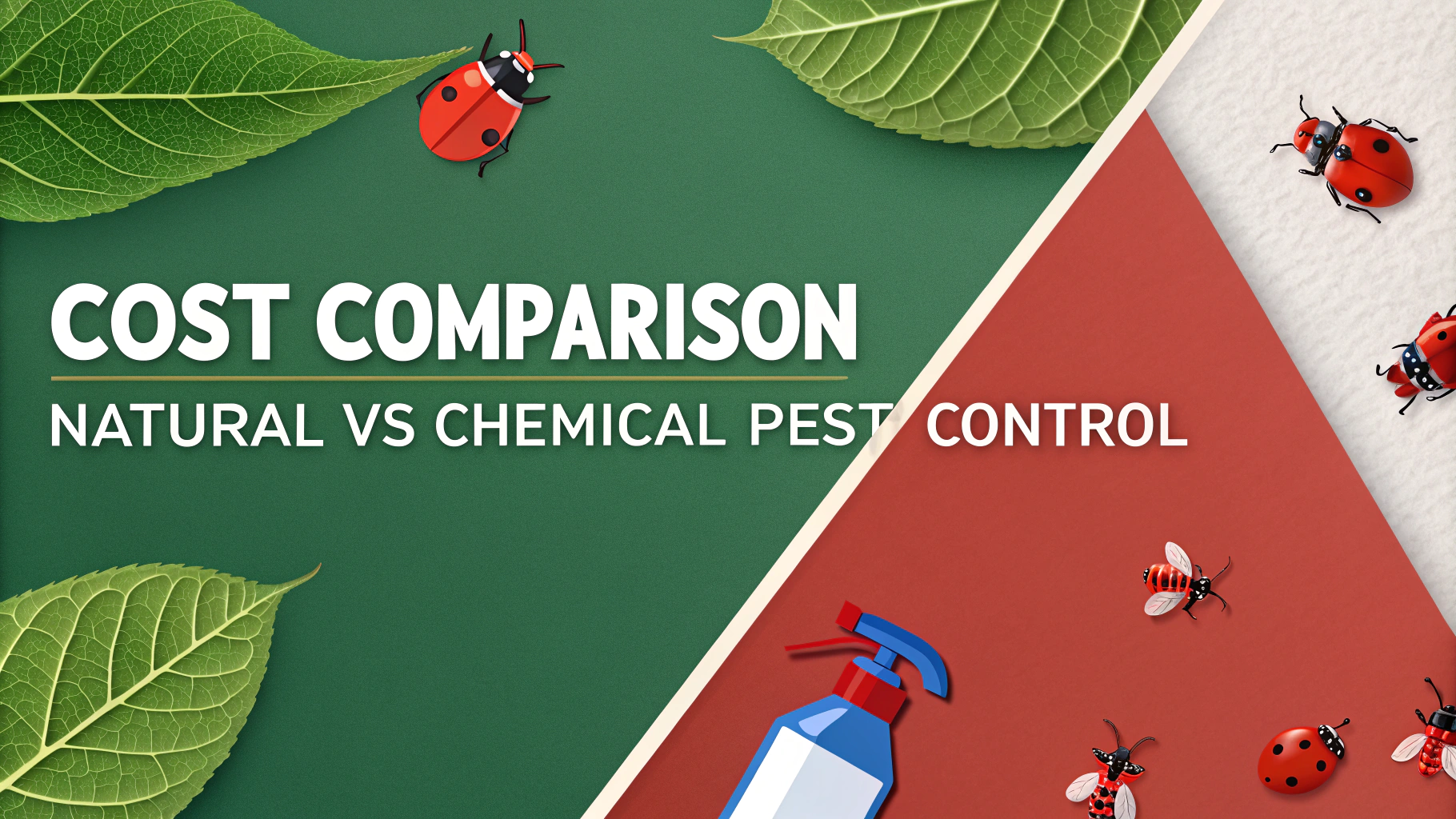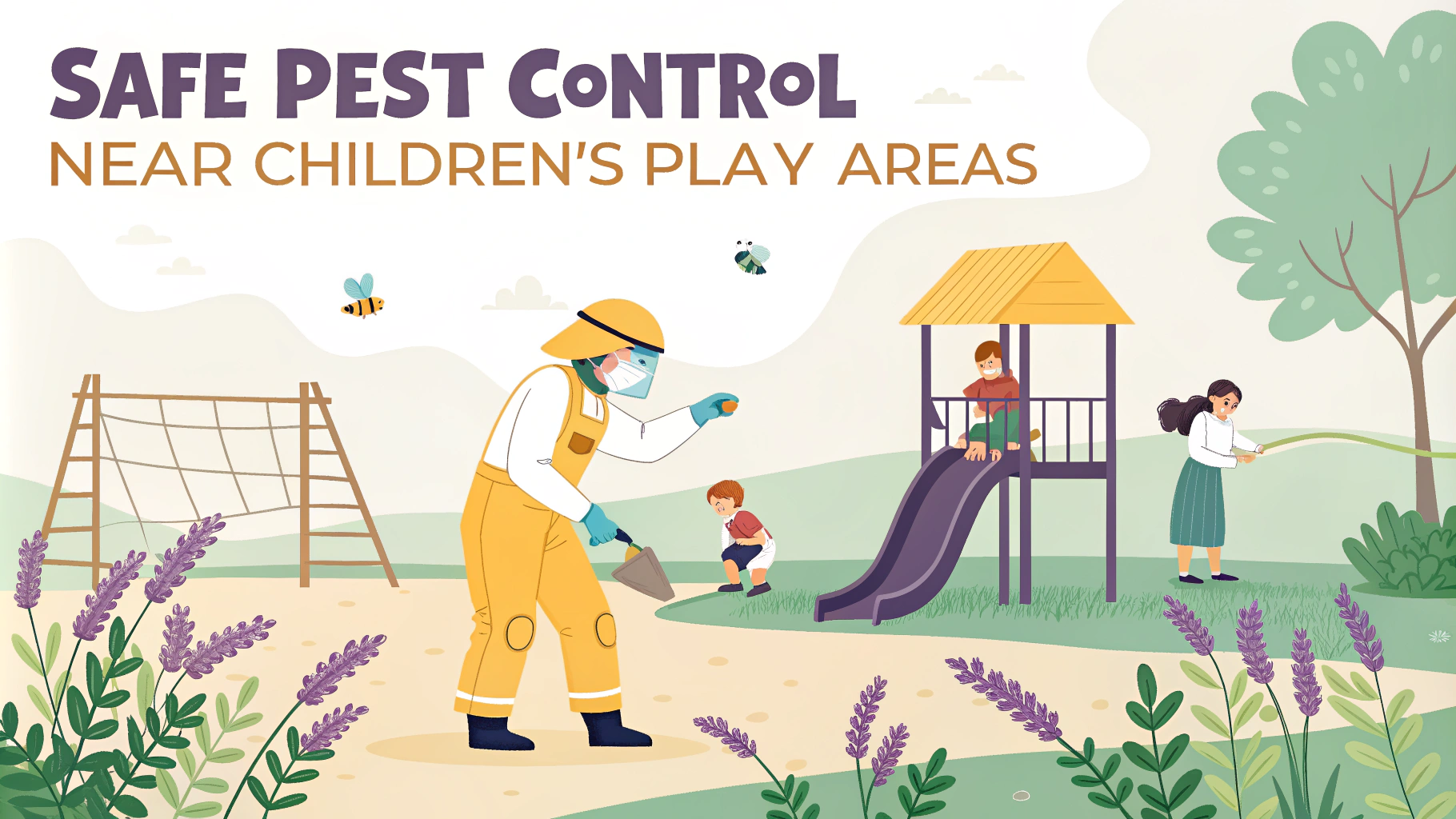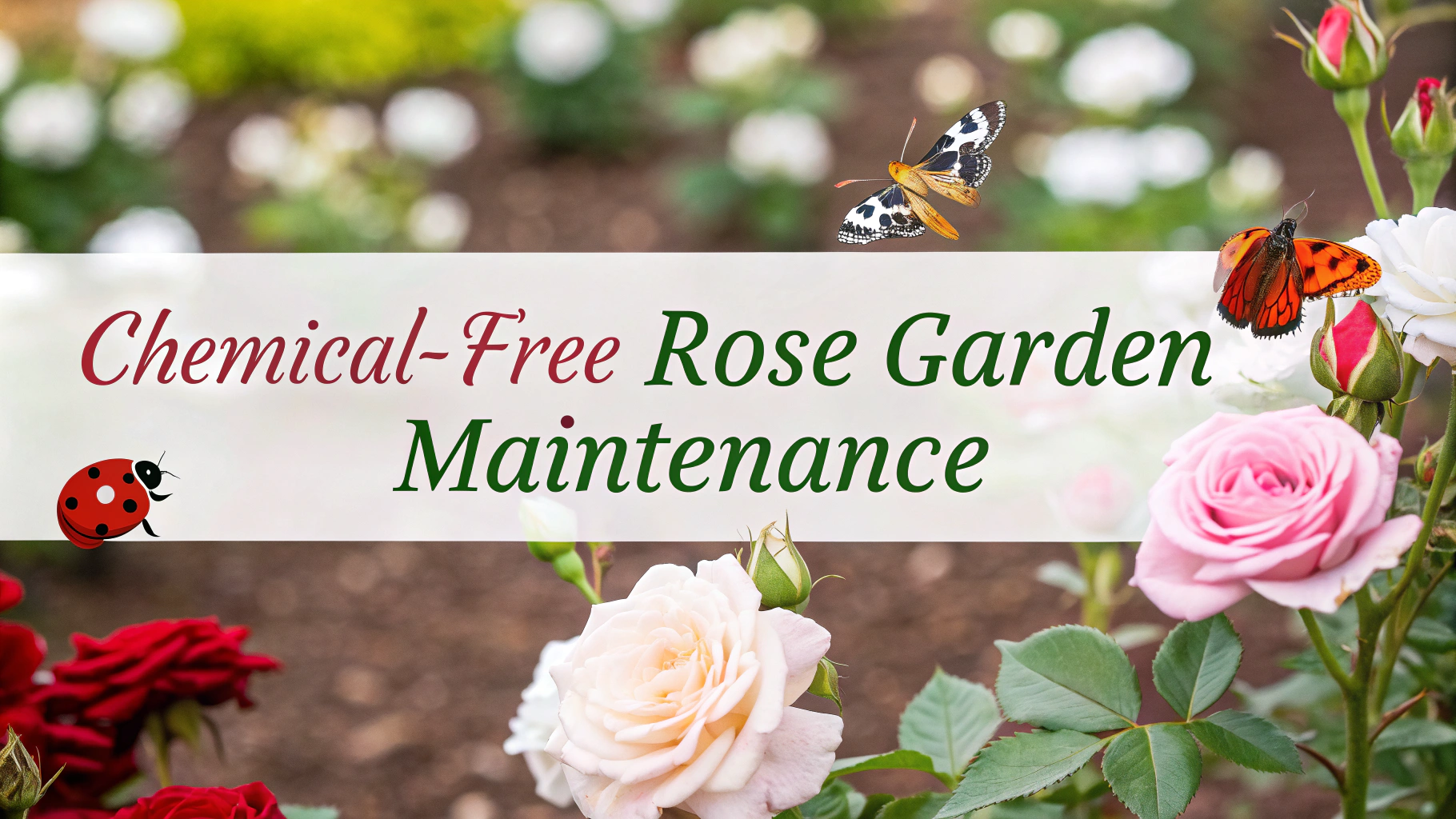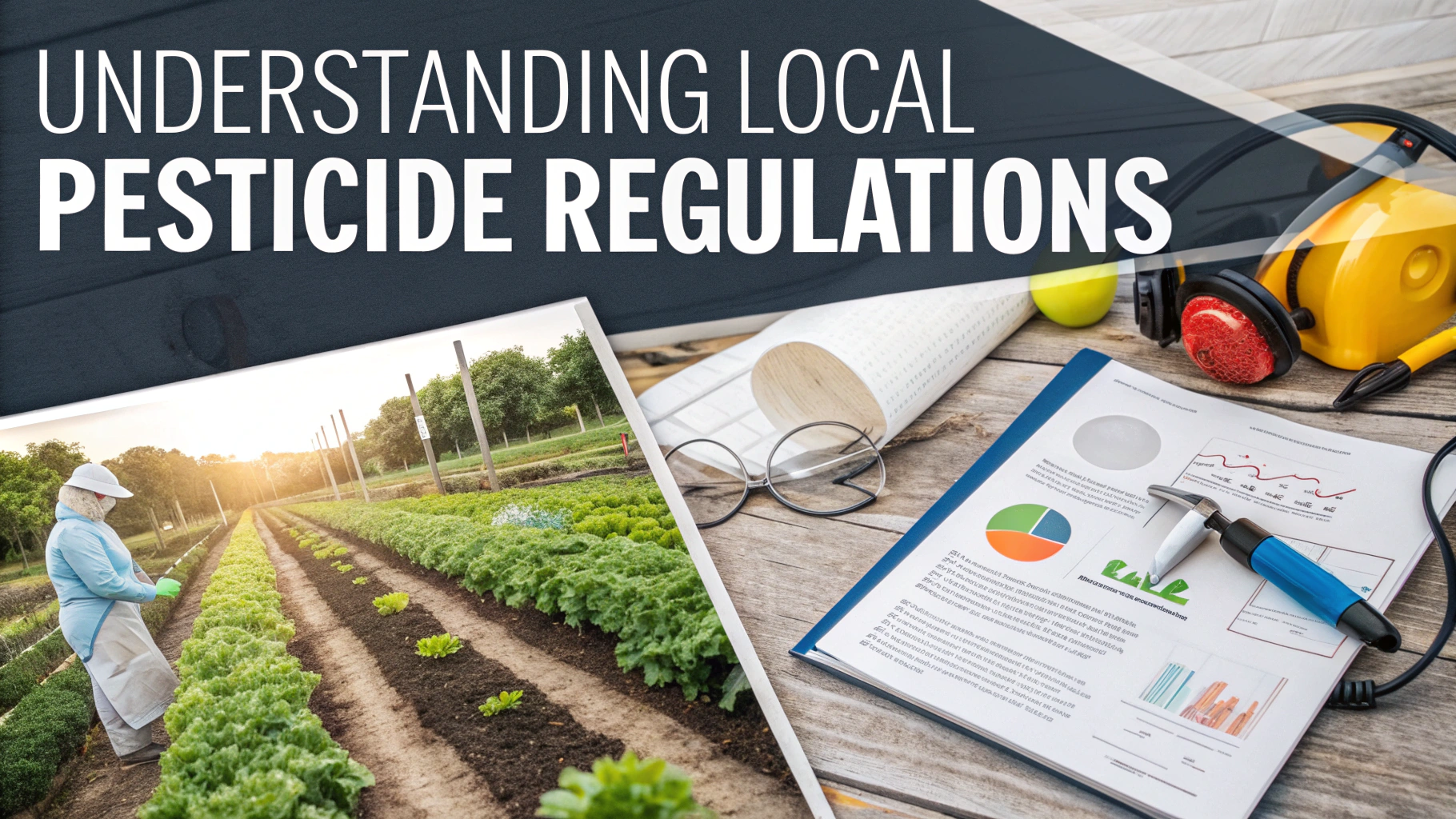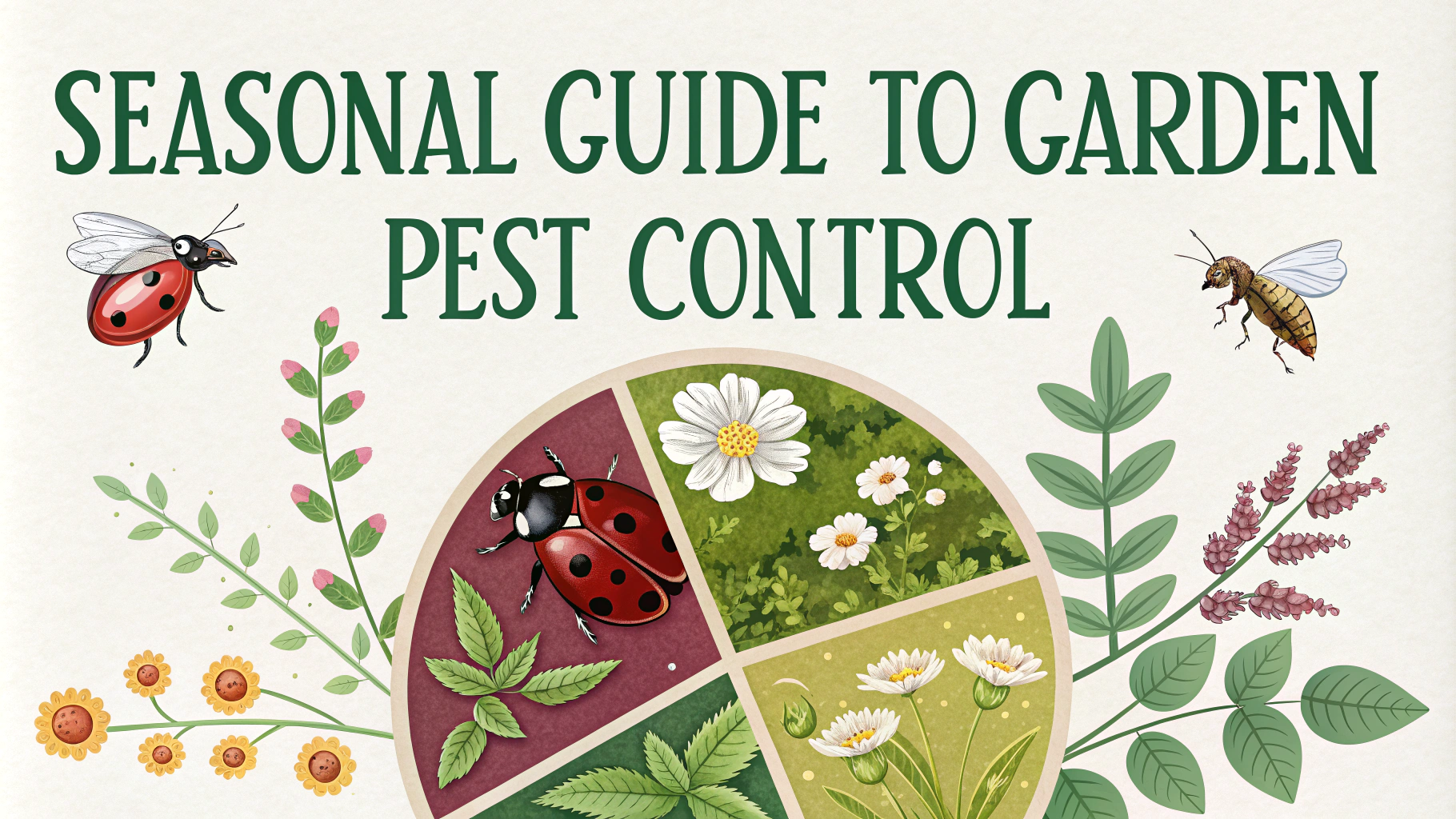Managing pests around water features requires careful consideration to protect aquatic life and maintain water quality.
Natural Pest Control Methods
Beneficial insects like dragonflies and damselflies naturally control mosquito populations near ponds and water gardens.
- Install bat boxes to encourage natural mosquito control
- Add mosquito-repelling plants like citronella grass and lavender
- Use floating plants to reduce algae growth
- Maintain proper water circulation to discourage mosquito breeding
Physical Barriers and Prevention
Install fine mesh screens over water features to prevent insects while allowing proper airflow.
- Remove standing water from nearby containers
- Clean gutters regularly to prevent water accumulation
- Use BTI mosquito dunks for long-term control
- Install copper strips to deter slugs and snails
Safe Chemical Options
When chemical control becomes necessary, select products specifically labeled as safe for water features.
| Product Type | Safe Distance from Water |
|---|---|
| Botanical insecticides | 3-5 feet |
| BTI products | Direct application allowed |
Maintenance Tips
- Test water quality weekly
- Remove debris promptly
- Maintain proper filtration
- Balance beneficial bacteria levels
Professional Help
Contact your local extension office or a certified aquatic pest control specialist for severe infestations.
National Pesticide Information Center: 1-800-858-7378
EPA Safe Pesticide Use Hotline: 1-800-858-7378
Emergency Response
Keep activated charcoal on hand to remove accidental pesticide contamination from water features.
Always read product labels carefully and follow application instructions precisely when using any pest control products near water features.
Water Feature Types and Special Considerations
Different water features require specific pest management approaches based on their size, purpose, and ecosystem.
- Koi ponds require extra caution with treatments
- Decorative fountains need regular cleaning
- Wildlife ponds benefit from natural balance
- Swimming pools need separate treatment protocols
Seasonal Management
Spring Preparation
- Clean and inspect water features
- Install preventive measures
- Begin beneficial insect introduction
Summer Maintenance
- Monitor mosquito populations
- Maintain water movement
- Check plant health regularly
Environmental Impact
Consider the broader ecosystem when implementing pest control measures around water features:
- Protect beneficial wildlife
- Maintain natural predator populations
- Use environmentally sustainable methods
Conclusion
Successful pest management around water features requires an integrated approach combining natural methods, physical barriers, and careful chemical use when necessary. Regular maintenance and monitoring help prevent serious pest issues while protecting aquatic ecosystems.
Remember to document all treatments and maintain a regular inspection schedule to ensure long-term success in pest management.
FAQs
- How do I control pests around my pond without harming aquatic life?
Use physical barriers like netting, maintain proper water circulation, introduce beneficial plants, and consider biological controls like beneficial nematodes or Bacillus thuringiensis (Bt) for mosquito control. - What natural alternatives can I use instead of chemical pesticides near water features?
Neem oil, diatomaceous earth, beneficial insects like ladybugs, and plant-based deterrents like citronella, marigolds, and lavender are effective natural alternatives. - How far should I keep pesticide applications away from water features?
Maintain a minimum buffer zone of 10-25 feet from water features when applying any pesticides, and always follow label instructions for specific products regarding aquatic setbacks. - What are the signs that pesticides have contaminated my pond or water feature?
Signs include dead fish, cloudy or discolored water, absence of typical pond insects, stressed aquatic plants, and reduced oxygen levels indicated by fish gasping at the surface. - Can I use copper-based algaecides safely in my water feature?
Copper-based products should be used sparingly and only at recommended doses, as excess copper can be toxic to fish, invertebrates, and beneficial algae. Calculate water volume precisely before application. - What precautions should I take when applying pest control near water features?
Apply during calm weather to prevent drift, use targeted application methods, avoid spraying before rain, and consider using granular formulations instead of sprays when possible. - How can I prevent mosquitoes in my water feature without using chemicals?
Install water circulation pumps, maintain proper water movement, add mosquito-eating fish like mosquito fish or minnows, and remove standing water around the feature. - What are EPA-approved pesticides for use around water features?
Look for products specifically labeled for aquatic use with EPA registration numbers, such as certain formulations of Bt for mosquito control and approved aquatic herbicides for weed management. - How do I handle pest problems on plants directly adjacent to water features?
Manually remove pests when possible, use insecticidal soaps that are labeled as safe for aquatic environments, and consider relocating susceptible plants farther from water. - What should I do if pesticides accidentally contaminate my water feature?
Immediately increase aeration, perform a partial water change if possible, remove any visible chemical residue, and contact local environmental authorities if significant contamination occurs.
